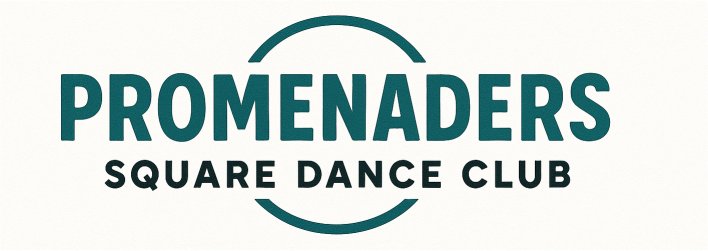Square Dance Terminology

Angels
While “angels” are small winged creatures often found in church statuary, in square dancing the term has a special meaning. Angels are experienced dancers who attend classes to help fill squares and guide new dancers. They serve as mentors, offering encouragement and steadying the learning process.
Calls
Calls are the instructions given by the caller, telling the dancers what steps to take.
Patter (Hash) Call
The first part of a square dance “tip.” Patter calls are spoken rhythmically to instrumental music, often with fun and surprising choreography. At the end, the caller brings everyone back to their original partners and places.
Singing Call
The second part of a tip. The caller sings the instructions along with the lyrics of a popular tune. Singing calls are more structured, timed to the music, and always end with the dancers back in their original spots.
Dance Attire
For classes and workshops, come in whatever is casual and comfortable. At club dances, many dancers enjoy wearing traditional square dance outfits, but most clubs also welcome casual clothing. What’s most important is that you’re here — don’t ever let clothing stop you from joining the fun!
- Traditional Square Dance Attire: Full skirts with petticoats for women, coordinated with men’s western-style shirts and trousers.
- Prairie-Length Skirts: Tiered or broomstick skirts approved in the 1990s.
- Western Wear: Boots, jeans, western-cut shirts, bolo ties, and hats.
Dance Levels
- SSD (Social Square Dance): 50 basic calls — sometimes called a “half dance.”
- Basic, Mainstream, Plus: Progressive levels adding more calls.
- Advanced (A1, A2) & Challenge (C1–C4): Higher levels for experienced dancers.
Dangles & Badges
- Dangles: Small items that hang from a dancer’s badge to commemorate special dances, raids, or milestones.
- Friendship Badge: Awarded to dancers who attend dances at multiple clubs.
Music
Square dance music ranges from traditional fiddle tunes to instrumental versions of pop, rock, and country favorites. Don’t be surprised to hear everything from classic ‘50s hits to more modern songs!
Etiquette
Square dancing is built on kindness and courtesy. Dancers are encouraged to smile, help newcomers, introduce themselves at the start of a tip, and always thank their partners and fellow dancers. Etiquette is an essential part of every square dancer’s experience and behavior. Here's more on Square Dance Etiquette.
Fun Terms
- Yellow Rock: Hug your corner.
- Red Rock: Hug your partner.
- Stack the Wood: A friendly hug.
- Stir the Bucket: Each couple shifts one place counter-clockwise before a singing call.
- Stacking a Square: Pre-arranging dancers in a square (sometimes used for teaching, but discouraged socially).
Tips & Workshops
- Tip: One complete round of square dancing (usually a patter call followed by a singing call).
- Workshop: A session to review, practice, or improve previously taught calls.
Remember Your Own Beginner Days: Someone was patient with you—now it’s your turn to pass that kindness on!